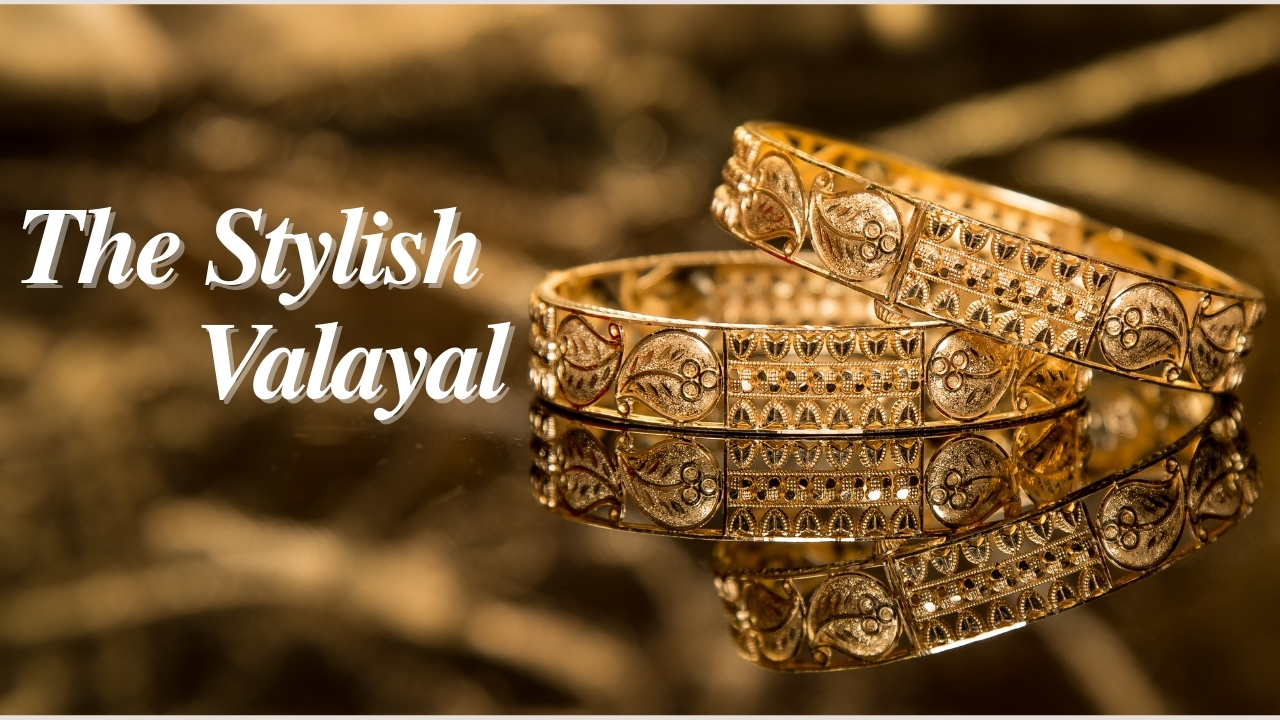Bangles are more than just ornamental accessories; they are rich in cultural significance and history, representing various traditions, beliefs, and identities across the globe. From the vibrant streets of India to the tranquil villages of Africa, bangles have adorned wrists for centuries, serving as symbols of beauty, status, and even spirituality. In this blog, we’ll explore the cultural significance of bangles in different regions, shedding light on their diverse meanings and uses.
1. India: A Symbol of Tradition and Femininity
- In India, bangles hold immense cultural importance, particularly for women. Traditionally made from materials like glass, gold, silver, and plastic, bangles are worn during festivals, weddings, and other significant life events. They are often considered a symbol of marital status; married women typically wear bangles as a sign of their union.
- The colors and materials of the bangles can also have specific meanings. For instance, red and green bangles are commonly worn by brides, symbolizing prosperity and fertility. The sound of bangles clinking together is often associated with joy and celebration, making them an integral part of Indian festivities.
- Moreover, in certain regions, the act of breaking a bangle during a ceremony symbolizes the transition into a new phase of life, such as marriage or motherhood, highlighting their connection to significant life events.
2. Africa: Cultural Identity and Expression
- In various African cultures, bangles are worn by both men and women, serving as expressions of identity and status. For example, in many West African communities, bangles made from brass or wood are adorned with intricate carvings that reflect the wearer’s heritage, social standing, and community affiliation.
- In some tribes, specific types of bangles are worn to signify rites of passage or achievements, such as reaching adulthood or becoming a warrior. These adornments can also be used to communicate messages, with different colors and materials representing different cultural meanings.
3. Middle East: Beauty and Protection
- In Middle Eastern cultures, bangles are often worn as decorative pieces that also hold protective symbolism. Gold and silver bangles are particularly popular, not just for their beauty but also for the belief that they can ward off evil spirits and bring good fortune to the wearer.
- Women may wear elaborate sets of bangles during weddings and special occasions, showcasing intricate designs that reflect the artistry of the region. The act of gifting bangles is also common, symbolizing love and affection between family members and friends.
4. Asia: From Tradition to Modernity
- In Southeast Asian countries like Malaysia and Indonesia, bangles are often worn as part of traditional attire during ceremonies and celebrations. They are commonly crafted from metals, beads, and colorful fabrics, reflecting the rich cultural diversity of the region.
- With the influence of modern fashion, many designers have begun to incorporate traditional designs into contemporary styles, making bangles a popular accessory among younger generations. This blend of tradition and modernity demonstrates how cultural symbols can evolve while retaining their significance.
5. Western Cultures: Fashion Statements
- In Western cultures, bangles have also found their place as fashion accessories, often worn as part of casual or formal attire. While they may not carry the same cultural significance as in other regions, bangles are appreciated for their aesthetic appeal and ability to enhance an outfit.
- With a wide range of materials and designs available, bangles have become a versatile accessory that allows individuals to express their personal style. From minimalist metal cuffs to colorful beaded bangles, they serve as a canvas for creativity and self-expression.

